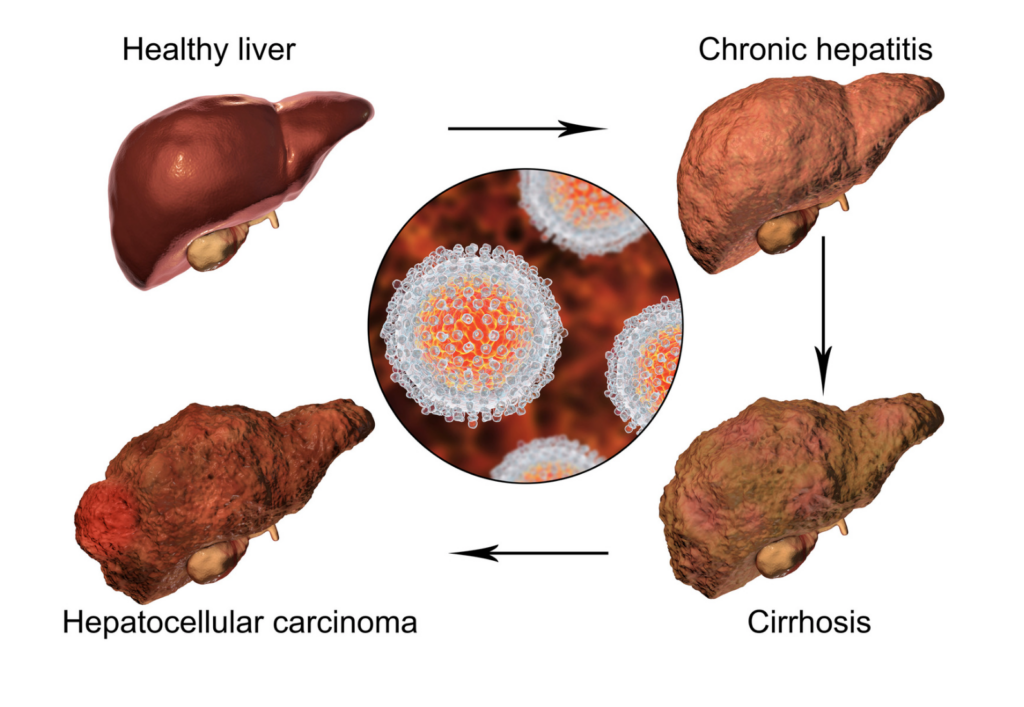
Cirrhosis is a severe and irreversible liver condition characterized by the replacement of healthy liver tissue with scar tissue. Once cirrhosis has developed, the liver’s ability to function properly is significantly impaired, which can lead to life-threatening complications such as liver failure, hepatic encephalopathy, and portal hypertension.
While there is no cure for cirrhosis, treatment can help slow the progression of the disease and manage its symptoms. The treatment approach may vary depending on the underlying cause of the cirrhosis, such as alcohol abuse, viral hepatitis, or non-alcoholic fatty liver disease.
In some cases, the liver can heal itself and regenerate healthy tissue, especially in the early stages of cirrhosis. However, once the disease has progressed to the point of liver scarring and damage, the damage is often irreversible.
If the cirrhosis is caused by alcohol abuse, stopping drinking can prevent further liver damage and even allow some healing to occur. If cirrhosis is caused by hepatitis, antiviral medications may be prescribed to slow or stop the progression of the disease.
Overall, recovery from cirrhosis depends on many factors, including the underlying cause, the extent of liver damage, and how well the individual responds to treatment. Early diagnosis and treatment are essential for improving the chances of recovery and preventing further complications.